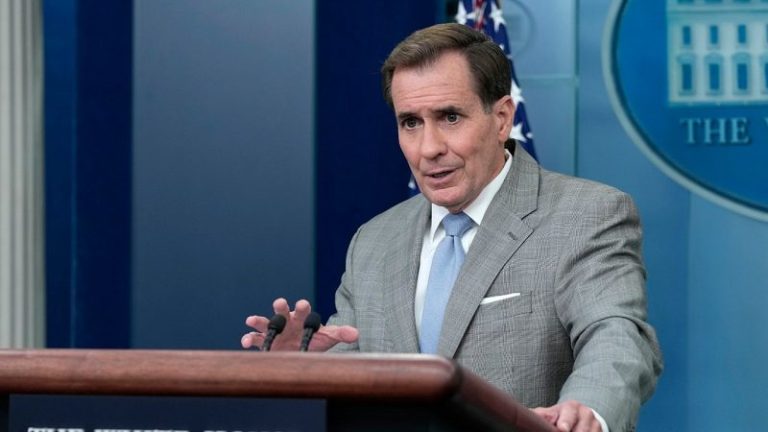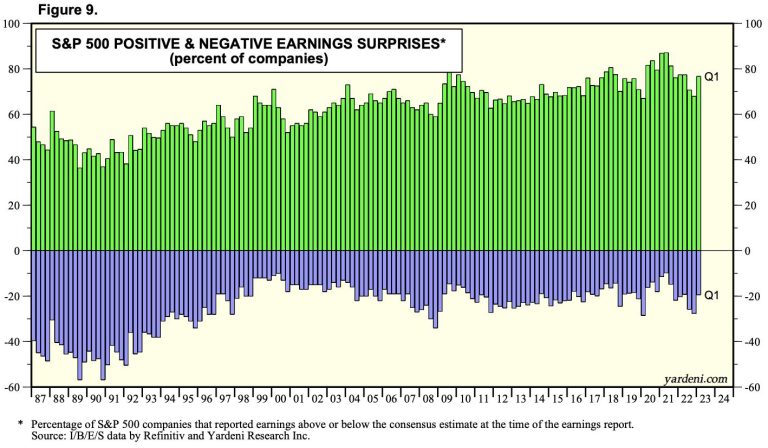White House National Security Council spokesman John Kirby on Sunday defended President Biden’s controversial decision to send cluster munitions to Ukraine.
‘This is about keeping Ukraine in the fight. You were just there. You talked to President Zelenskyy about the counteroffensive, and in some ways, it’s not going as fast as he would like,’ Kirby told host Martha Raddatz during an appearance on ABC’s ‘This Week.’ ‘They are using artillery at a very accelerating rate, Martha, many thousands of rounds per day. This is literally a gunfight in – all along, from the Donbas, all the way down toward Zaporizhzhia and Kherson. And so, they’re running out of inventory.’
‘We are trying to ramp up our production of the kind of artillery shells that they’re using most. But that production is still not where we wanted it to be,’ Kirby added. ‘So, we’re going to see these additional artillery shells that have cluster bomblets in them to help bridge the gap as we ramp up production of normal 155 artillery shells.’
The munitions – which detonate in the air and release scores of smaller bomblets – are seen by the U.S. as a way to get Kyiv critically needed ammunition to help bolster its offensive and push through Russian front lines. U.S. leaders debated the thorny issue for months, before Biden made the final decision last week.
The decision comes on the eve of the NATO summit in Lithuania, where Biden is likely to face questions from allies on why the U.S. would send a weapon into Ukraine that more than two-thirds of alliance members have banned because it has a track record for causing many civilian casualties.
‘It took me a while to be convinced to do it,’ Biden told CNN in an interview that aired Sunday morning. He added that he ultimately took the Defense Department’s recommendation to provide the munitions and discussed the matter with allies and lawmakers on the Hill. He said ‘the Ukrainians are running out of ammunition’ and the cluster bombs will provide a temporary fix to help stop Russian tanks.
On Sunday, Kirby further argued the U.S. is sending Ukraine ‘cluster munitions because we don’t have enough of the kind of munitions they need.’
‘I want to ask you why the U.S. has never banned them before. They’re obviously a threat to civilians if they don’t explode. Why is the U.S. not banning them, period?’ Raddatz asked.
‘We are very mindful of the concerns about civilian casualties and unexploded ordnance being picked up by civilians or children and being hurt. Of course, we’re mindful of that,’ Kirby responded. ‘And we’re going to focus with Ukraine with demining efforts. In fact, we’re doing it right now, and we will when war conditions permit. But these munitions do provide a useful battlefield capability.’
Kirby added that Russia is also using cluster munitions, but ‘in an aggressive war on another country, and indiscriminately killing civilians,’ while Ukrainians will ‘be using them to defend their own territory, hitting Russian positions.’
‘And I think we can all agree that more civilians have been and will continue to be killed by Russian forces – with whether it’s cluster munitions, drones, missile attacks or just frontal assault – than will likely be hurt by the use of these cluster munitions fired at Russian positions inside Ukrainian territory,’ he added.
Kirby said Biden wants to focus now on Ukraine winning the war against Russia before the Kyiv government achieves NATO membership. Granting Ukraine membership now, Kirby warned, would mean ‘NATO is at war with Russia,’ noting that the U.S. and its allies are aiming to give Ukraine space to work on political and economic reforms, as well as good governance.
Looking ahead to Biden’s trip to Vilnius, Kirby anticipated, ‘You’re also going to see from all the allies a concerted, unified approach to making it clear that NATO is eventually going to be in Ukraine’s future, and that in between the time of the war ending and that happening, that the allies will continue to help Ukraine defend itself.’
Raddatz also pressed the National Security Council spokesman on reports that some former senior U.S. officials affiliated with the Council on Foreign Relations apparently met with Sergey Lavrov, Russia’s foreign minister, in April. Kirby contended that national security adviser Jake Sullivan was not involved and did not participate in those meetings.
‘The president is being clear that we will have no discussions with Russia about negotiating an end to this war without Ukraine at the table,’ Kirby said.
The Associated Press contributed to this report.










